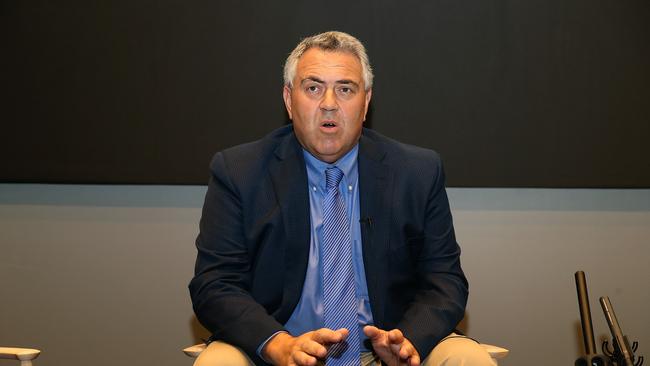ASIC resources gradually being restored
Never mind the royal commission. It’s at ASIC that the federal government has been late to admit its faults.

Never mind the royal commission. It’s at the Australian Securities & Investments Commission that the federal government has been late to admit its faults.
Budget cuts, efficiency dividends and delays in appointing the chairman hit ASIC on the frontline just as some of the shabby behaviour being revealed by the royal commission appears to have been going on.
For all the talk last week of strengthening the corporate regulator, the budget and the headcount for ASIC are still yet to reach the high-water marks of 2013 and 2014.
Analysis of figures in ASIC’s annual reports shows that staffing levels in 2016-17 were more than 200 below the most recent peak of 1844 in 2013-14.
The regulator’s budget has been increasing since it was hit hard by 2014 budget cuts. But the allocation from the federal budget last financial year was still below the $350 million peak of 2012-13, the last year of the previous Labor government.
Armed with the report of the National Commission of Audit, then Treasurer Joe Hockey set about making swingeing cuts to the federal budget in a shock-and-awe campaign designed to end deficit spending.
ASIC was to have $120m slashed from its budget in stages over four years, with the trajectory suggesting almost one in five jobs had to go at the commission.

In comments that have not aged well, the then parliamentary secretary to the treasurer, Steven Ciobo, told a post-budget breakfast in Sydney that the government was in favour of more “self-regulation”.
“The government thinks that there is scope for the financial services industry, and for all the other industries, to self-regulate more,” Mr Ciobo said.
“There will always be our preference for self-regulation over the need to have a regulator (that is) taxpayer-funded intervening in the field.”
ASIC’s expenses were slashed by $51m or 12 per cent to $354.3m. The headcount plunged by 235, from 1844 to 1609.
It’s not quite clear what caused the government to change its mind. But two years after those savage cuts began they were halted in an announcement that was dressed up as $121m in additional funding for the corporate regulator, a total remarkably close to the 2014 budget cuts.
One explanation could be the aggressive approach ASIC chairman Greg Medcraft had taken to the banks over interest rate rigging as his five-year term as commissioner was coming to an end.
He had previously described Australia as a “paradise” for white-collar criminals.
Just weeks before the deal to extend his term and restore ASIC’s budget, Mr Medcraft launched legal action against Westpac for rigging the interest rate benchmark, the Bank Bill Swap Rate (BBSW).
As the guest of honour at a glitzy 199-year anniversary for Westpac the next day, Prime Minister Malcolm Turnbull played spoiler, with a homily on standards of conduct. “The truth is that despite the public support offered at their time of need, our bankers have not always treated their customers as they should,” he said.
ASIC’s restored funds are to come over four years, with half to be spent on capital equipment, and $15m a year — up less than 5 per cent — for operations.
There was also a $27m appropriation for the Enforcement Special Account ASIC puts aside to fund legal actions such as the BBSW cases, which bumped the increase to 10 per cent. There was $33m in that account as of last financial year.
What’s more, ASIC has become an even more significant revenue raiser for the government, with Mr Medcraft advocating for a user-pays levy on business as part of his pitch to have his term extended beyond mid-2016.
From next year, the scheme is expected to raise $330m for the federal budget. That’s on top of the $700m the government already collects from ASIC’s registry business, the user charges on which are regarded as among the highest in the world.
New penalties announced on Friday go further even than those announced in October. They include up to 10 years’ jail and maximum fines of $945,000 for individuals who breach the Corporations Act, and fines for companies of $9.45m or 10 per cent of annual turnover, whichever is largest. Civil penalties will rise tenfold with maximum fines of either $1.05m for individuals and up to $210m for corporations. We can only wonder what might have been avoided had those resources and headline-grabbing penalty increases been in place earlier.



To join the conversation, please log in. Don't have an account? Register
Join the conversation, you are commenting as Logout